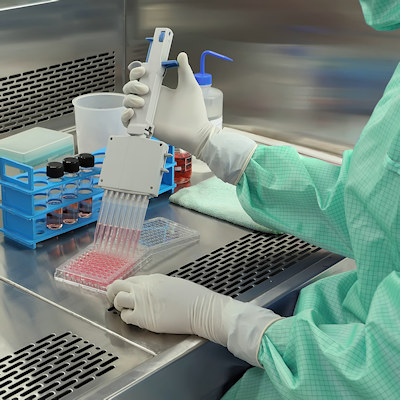July 25, 2022 -- Researchers have developed a biomimetic formulation using nanoparticles for lactate metabolism-based synergistic therapy to fight against the brain cancer glioblastoma multiforme (GBM).
The Institute of Process Engineering of the Chinese Academy of Sciences and Shenzhen Second People's Hospital collected 524 low-glioma samples and 167 high-grade glioma samples (Nature Communications, July 21, 2022). By encasing the nanoparticles in membranes derived from glioma cells, they readily penetrated the blood-brain barrier and targeted GBM through homotypic recognition.
Once the nanoparticles reach the tumors, lactate oxidase converts elevated lactate (LA) into pyruvic acid (PA) and hydrogen peroxide (H2O2). The PA inhibits cancer cell growth by blocking histones expression and inducing cell-cycle arrest. In tandem, the H2O2 reacts with the delivered bis[2,4,5-trichloro-6-(pentyloxycarbonyl)phenyl] oxalate to release energy that is used by the co-delivered photosensitizer chlorin e6 for the generation of cytotoxic singlet oxygen to kill glioma cells.
The therapeutic efficacy was confirmed in both cell line-derived xenograft and patient-derived xenograft tumor models and has implications for clinical application, the researchers said.
Copyright © 2022 scienceboard.net











